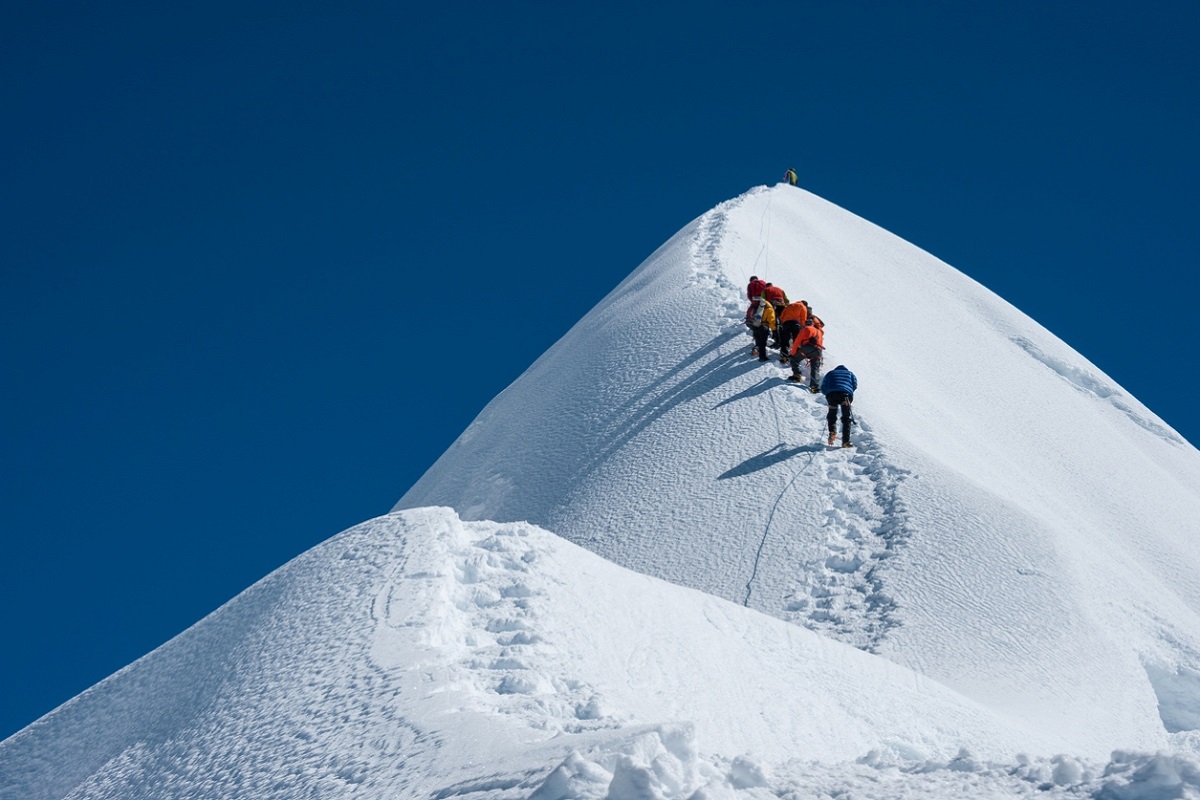Eleven deaths on Everest, and the pre-monsoon climbing season in the Himalayas is still continuing.
Way back in 1953 the first ascent of the world’s highest peak (29,020 feet) captured universal attention, but in 2019 conditions on the mountains are being slammed as a “zoo”, or worse, as the death toll rises in consonance with the big bucks the mountain brings into poverty-stricken Nepal. It is not just the $11,000 charged for a climbing permit ~ this season as many 381 permits were officially approved ~ but each climber is also required to engage at least one sherpa-guide, and there are allied expenses too.
Advertisement
Yet with horror stories now flooding the international media, it is time to ask if the proverbial “golden goose” is being subjected to eminently avoidable risks. True that the fascination with looking down on the world from its highest point will ever excite the human imagination, yet there will come a time when risk-evaluation could also become part of the calculus.
Actually that would not be entirely negative, a reduction in the number of climbers could enhance the “management” of Everest. Unchecked commercialisaion has led to a mushroom growth of tourism/sports-managing companies that are ill-equipped to handle climbing expeditions ~ many inexperienced and untrained sherpas are sent out with the climbers, and when things go wrong they are incapable of handling the situation.
Making bad things even worse is that the authorities in Nepal do not effectively check the “credentials” of the climbers, some of them are as “green” as their sherpas. One really positive development ~ improved, accurate weather forecasts ~ has had a negative fall-out. Since the “window” has been narrowed down, it has resulted in huge numbers trying to make it to the peak at the same time.
As a well-circulated photograph has portrayed, climbers are sometimes caught in a “heel to toe” traffic-jam on the final stretch to the top. The delay impacts their supplies of oxygen: there have been reports of deaths and serious cases of high-altitude sickness on the descent ~ the supplies of oxygen having dwindled while waiting in a queue to go up.
Overcrowding on Everest has never posed such a hazard in the past ~ it is a man-made disaster. While reducing the permits for Everest appears a simple solution, the economic fallout on the community cannot be overlooked. A massive publicity and promotion drive is necessary to lure climbers to other Himalayan peaks, some of them as “challenging” if not as tall or reputed as Everest.
A system of grading climbers could then follow and only those with proven proficiency permitted to attempt the really tall peaks. There are many peaks in the Indian mountains which could be dove-tailed into the mission. The Indian Mountaineering Foundation could play a part in the exercise ~ preserving the glory of Everest must be the goal of mountaineers the world over.









